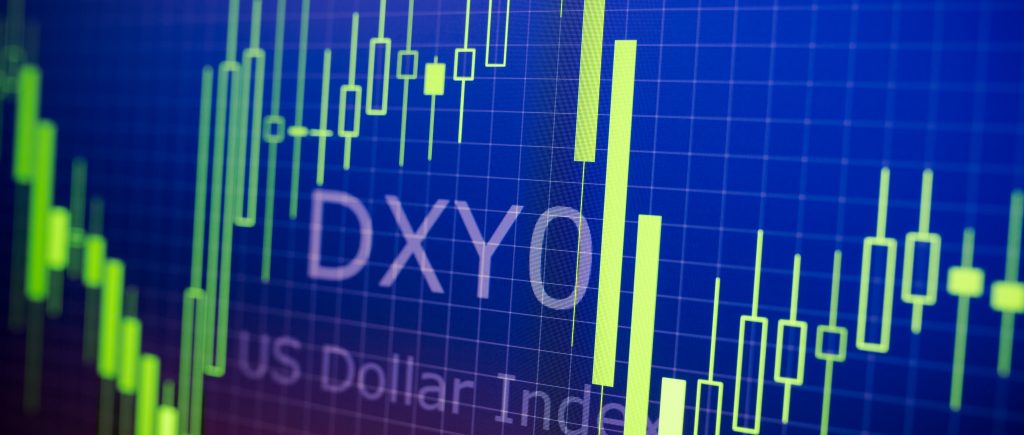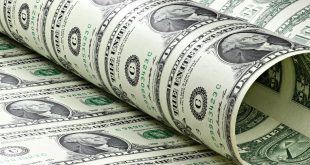The U.S. dollar partially recovered from sharp losses on Tuesday after President Donald Trump hinted at potential tariffs on Canada and Mexico, reigniting concerns over trade policy volatility. The comments marked a shift from earlier signals suggesting a more measured approach to new trade taxes, sparking swift reactions across currency markets.
Tariff Talk Sparks Market Reaction
Trump revealed that his administration was contemplating tariffs as high as 25%, which could be announced by February 1. He also mentioned the possibility of universal tariffs but noted that such measures were not yet imminent.
These remarks caused a knee-jerk reaction in the foreign exchange market, with trade-sensitive currencies such as the Canadian dollar and Mexican peso losing ground. The U.S. dollar climbed 0.6% to 1.4397 Canadian dollars and gained 0.9% against the peso.
The dollar index, which measures the greenback against a basket of currencies, rose 0.2% to 108.210, recovering some ground after shedding 1.2% on Monday in its steepest one-day decline since late 2023.
Euro and Yen Responses
The euro retreated to $1.0389 from an earlier high of $1.0434. With the European Union running a significant trade surplus with the U.S., it is seen as a potential target for Trump’s proposed tariffs. Trump indicated that the trade imbalance could be addressed through tariffs or increased European imports of U.S. oil and gas.
Meanwhile, the dollar slipped 0.5% to a five-week low of 154.78 yen. The yen has strengthened on expectations that the Bank of Japan could raise interest rates during its upcoming policy meeting, adding further pressure on the dollar.
Chinese Yuan and Broader Trade Concerns
Against the Chinese yuan, the dollar edged up 0.2% to 7.2847. While Trump has previously threatened tariffs as high as 60% on Chinese goods, he offered no concrete details on Monday. Beijing responded by setting a stronger yuan fix, signaling an effort to maintain stability in its currency amid ongoing trade tensions.
Market Sentiment and Historical Precedents
Trump’s trade policies have historically been unpredictable, with sweeping announcements often failing to materialize into actionable measures. His inauguration speech highlighted a focus on energy and immigration emergencies, as well as a pledge to reclaim the Panama Canal—moves that add to the uncertainty surrounding his policy direction.
For now, markets remain on edge, awaiting further details on tariff plans. The dollar’s recovery may face headwinds as global currencies react to evolving trade dynamics and central bank decisions, particularly from the Bank of Japan.
As Trump’s trade strategies unfold, the foreign exchange market is bracing for heightened volatility. Analysts are watching closely for policy updates that could impact global trade flows and currency valuations. With the Federal Reserve’s monetary policy stance also in focus, the interplay between domestic and international developments will likely shape the dollar’s trajectory in the coming weeks.
 Noor Trends News, Technical Analysis, Educational Tools and Recommendations
Noor Trends News, Technical Analysis, Educational Tools and Recommendations





